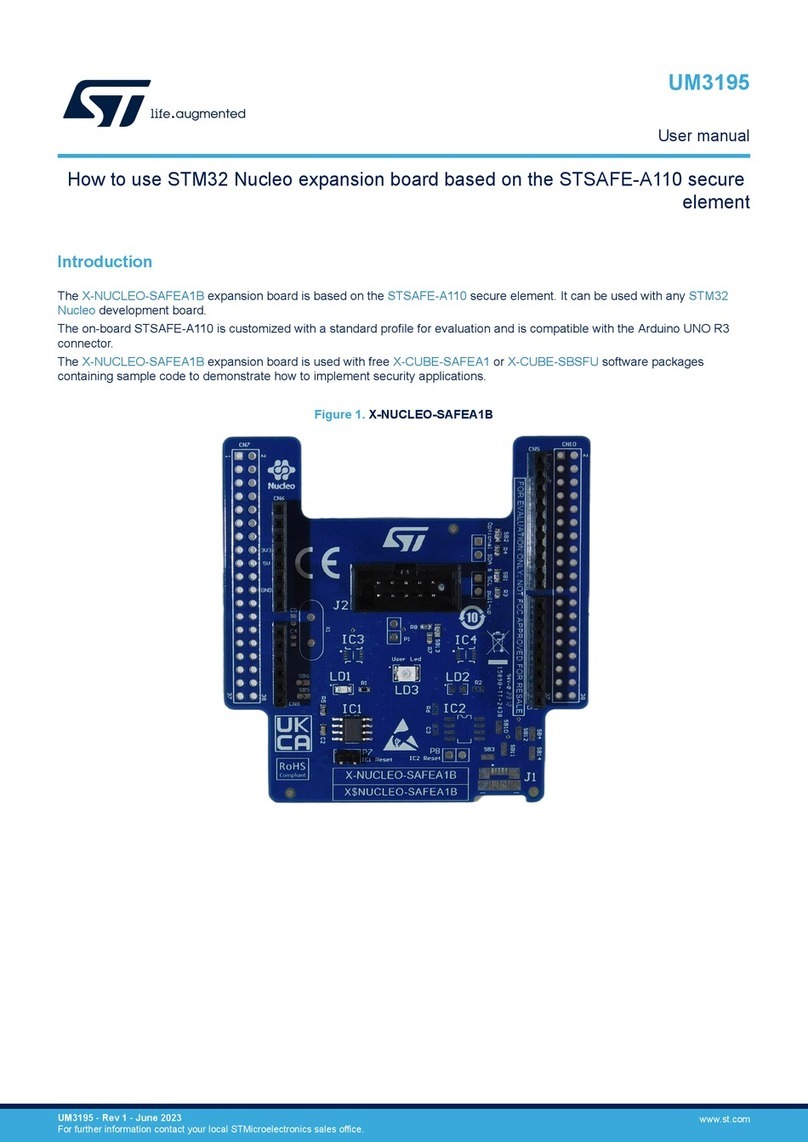NXP Semiconductors i.MX 8MDQLQ User manual
Other NXP Semiconductors Computer Hardware manuals
NXP Semiconductors
NXP Semiconductors MCF5253 User manual
NXP Semiconductors
NXP Semiconductors NavQPlus 8MPNAVQ-8G-G User manual
NXP Semiconductors
NXP Semiconductors i.MX 8M Installation manual
NXP Semiconductors
NXP Semiconductors freescale MC9S12G128 MCU User manual
NXP Semiconductors
NXP Semiconductors i.MX 8M Plus User manual
NXP Semiconductors
NXP Semiconductors AXIOM M52259DEMOCOM Installation manual
NXP Semiconductors
NXP Semiconductors 8MNANOD3L-EVK User manual
NXP Semiconductors
NXP Semiconductors IMXRT500HDG Guide
NXP Semiconductors
NXP Semiconductors AN11211 Troubleshooting guide
NXP Semiconductors
NXP Semiconductors LX2160ARDBGSG User manual
NXP Semiconductors
NXP Semiconductors MX93AUD-HAT-UM User manual
NXP Semiconductors
NXP Semiconductors i.MX 8M Mini LPDDR4 EVK User manual
NXP Semiconductors
NXP Semiconductors JN5148 User manual
NXP Semiconductors
NXP Semiconductors QN908 series User manual
NXP Semiconductors
NXP Semiconductors QorIQ T2080 User manual
NXP Semiconductors
NXP Semiconductors MCU-SMHMI-HDUG User manual
NXP Semiconductors
NXP Semiconductors HVP-56F80748-UM User manual
NXP Semiconductors
NXP Semiconductors MCIMX93-EVK User manual
NXP Semiconductors
NXP Semiconductors i.MX 8M User manual
NXP Semiconductors
NXP Semiconductors TWR-SB0410-36EVB User manual
Popular Computer Hardware manuals by other brands

EMC2
EMC2 VNX Series Hardware Information Guide

Panasonic
Panasonic DV0PM20105 Operation manual

Mitsubishi Electric
Mitsubishi Electric Q81BD-J61BT11 user manual

Gigabyte
Gigabyte B660M DS3H AX DDR4 user manual

Raidon
Raidon iT2300 Quick installation guide

National Instruments
National Instruments PXI-8186 user manual





















